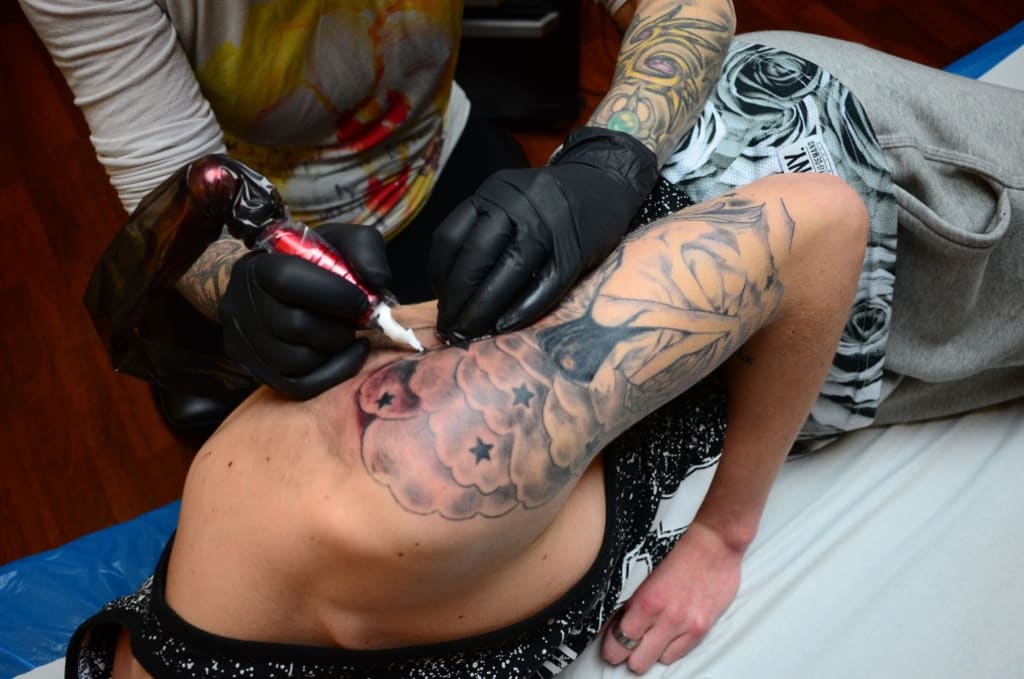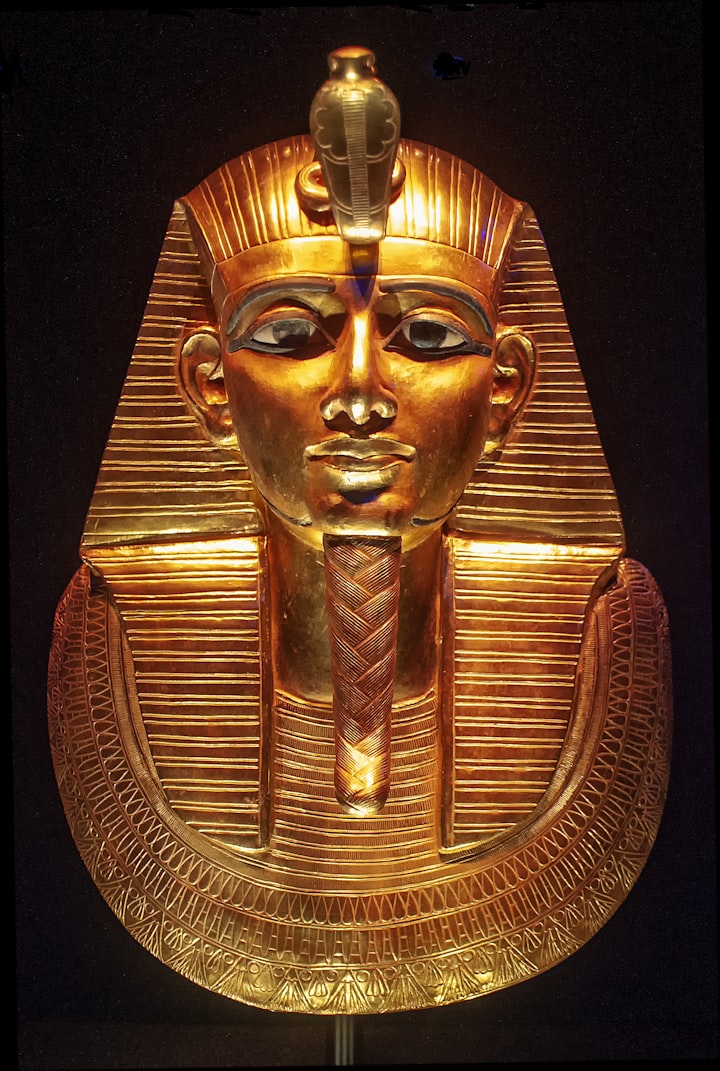
Getting your first tattoo can be both thrilling and terrifying. It's also an adventure. As a first-time tattoo wearer, you may have a million questions, such as how painful it will be, how to prepare for the tattoo parlor, and how much it will cost. Below, we answer some of the most frequently asked questions and provide you with some helpful advice on getting the perfect tattoo. Continue reading for more information. Below are some of the most common questions and tips.
The first step in healing a tattoo is to wash it. This process will involve cleaning the tattoo area with rubbing alcohol. After this, a disposable razor is used to trim any hair that could irritate the skin. This step is essential since hair can cause problems. The removal of the hair ensures a smooth and even surface for the tattoo. This process will also help prevent infection. After a tattoo has been placed on the body, you should protect the area with sunscreen and moisturizer.
Getting a tattoo requires a certain level of commitment. The first step is getting the tattoo done. This procedure will require you to go through several sessions with your artist, and will take a few hours. After completing this process, you can expect your tattoo to last for several years, even if it's a temporary design. However, if you want to get a permanent, intricate tattoo, you should follow these basic guidelines.
타투 links contain an astonishing number of compounds. The JRC's research team discovered that there are over 100 additives and pigments in tattoo inks. While this may seem like an overwhelming amount of chemicals, it's important to remember that tattoo inks are not made of anything toxic. They are also designed to be long-lasting and durable. Regardless of the choice you make, you should be aware of the possible risks involved.
You should have the tattoo area free of hair. You should not rub it with a moisturizer or lotion until it looks completely smooth. Afterward, you should cover the area with a bandage. While the tattoo itself does not have any pigments, it will look dry. Applying a moisturizer will help to keep your skin healthy and moisturized. The tattoo area will be covered with a protective bandage to avoid drying out.
The second step is the most important. You should not get a tattoo done if you are not ready for it. This is an open wound. You should not be embarrassed to ask for a shave or if the tattoo artist is rude. While you are in the hospital, they will take care of your health and care. The first week will be a good indication of how well your tattoo is healing. You may experience pain. The next stage is the longest, but it's the most significant.
The tattoo will be a permanent mark on your skin. It is made by inserting pigments through pricks in the top layer of the skin. The tattoo artist will typically use a hand-held machine to pierce the skin repeatedly. As the needles penetrate the skin, the pigments will insert tiny droplets of ink into the skin. Because of this, tattoos can be very painful, and you should avoid excessive moisture.
A tattoo can be painful and sometimes a tattooer might have to remove it to avoid any potential complications. The tattooing process is a very long process, and it's important to be patient. During the first few weeks of the procedure, the tattoo artist will clean the area with rubbing alcohol and a disposable razor to remove any unwanted hair. Then, they will proceed to the next step, which is the shading operation. This part can take several hours, depending on the design.






Comments
There are no comments for this story
Be the first to respond and start the conversation.